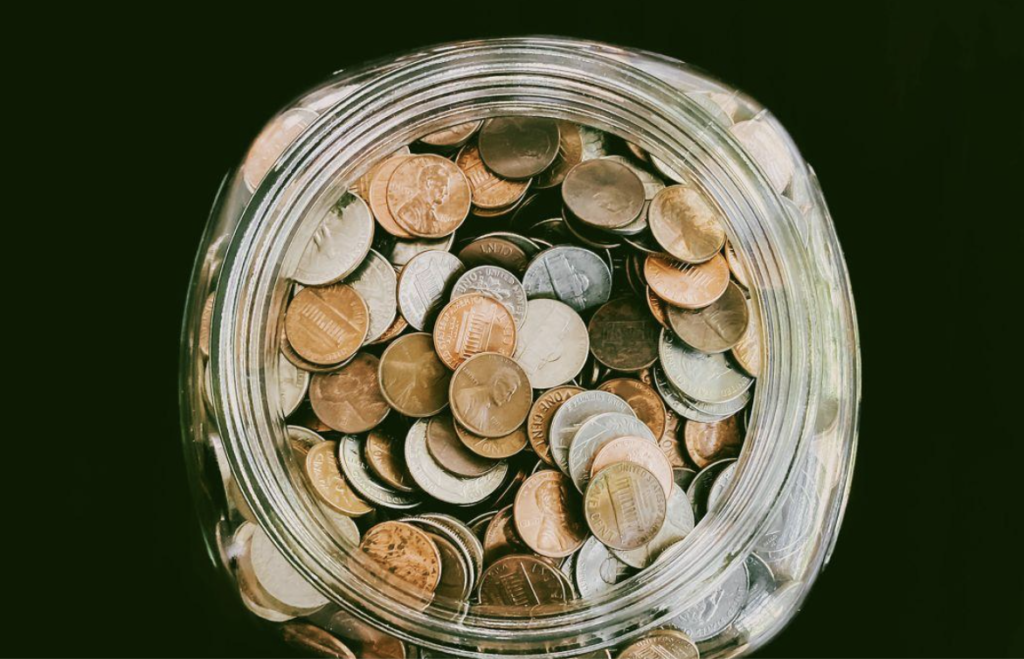
Former U.S. President Donald Trump has announced his request for the U.S. Mint to cease the production of pennies, citing the high costs of manufacturing them. In a post on his Truth Social platform, Trump stated, “For too long, the United States has been minting pennies that cost more than two cents. This is wasteful! It’s time to eliminate the waste from our nation’s budget, even if it’s just one penny at a time.”
According to reports from the U.S. Mint, the actual cost to produce a single penny is over 3.7 cents, significantly exceeding its face value. However, eliminating pennies presents some financial challenges. The increased production of other coins, such as nickels, could lead to even greater losses since each nickel costs over 13 cents to produce—far more than a penny.
Although efforts have been made to reduce nickel production, the U.S. Mint only manufactured 202 million nickels last year, a sharp decline from the 1.4 billion produced annually in previous years. If pennies were eliminated and replaced with more nickels, the overall cost could rise substantially, potentially offsetting any expected savings.
Despite these financial concerns, some groups support the idea. The National Association of Convenience Stores argues that removing pennies would speed up transactions, benefiting businesses that rely on quick service. Additionally, Canada successfully eliminated pennies in 2013 without major economic disruption, setting a precedent for similar action in the U.S.
However, completely phasing out pennies from circulation would require congressional approval and a costly repurchase process, similar to Canada’s experience. Whether this initiative will gain legislative traction remains uncertain, but it has certainly reignited debate over the future of America’s smallest coin.


